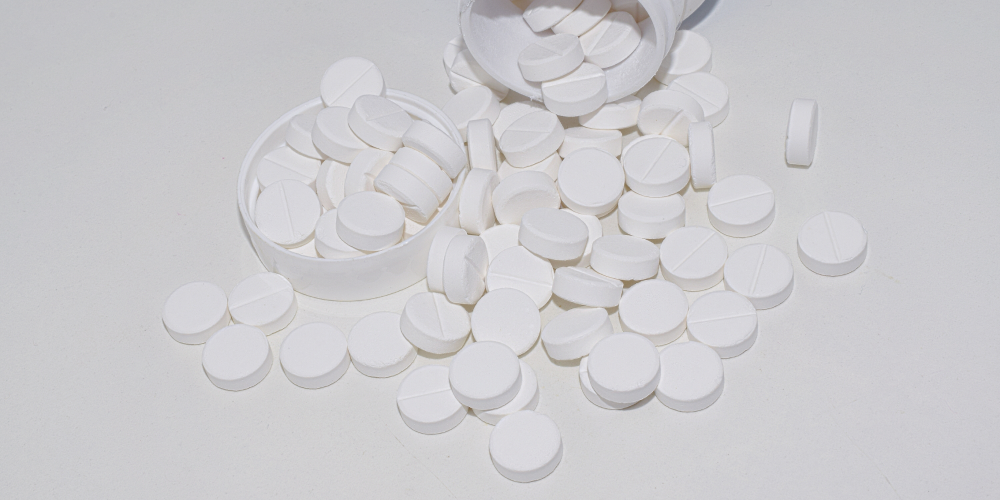IGF-1 LR3 VS IGF-1 DES
Insulin-like Growth Factor 1 (IGF-1) is a peptide hormone that plays a crucial role in muscle growth, recovery, and cellular repair. In the world of enhancement and bodybuilding, two forms of IGF-1 are particularly popular: IGF-1 LR3 (Long Arg3 IGF-1) and IGF-1 DES (1-3 IGF-1). While both are modified versions of naturally occurring IGF-1, they have different structures, half-lives, and applications, making them suitable for different goals.
In this article, we’ll break down the differences, benefits, and best uses for each form so you can choose the one that fits your goals.
Understanding IGF-1: The Base Molecule
IGF-1 is naturally produced in the liver and acts as a key mediator of growth hormone (GH) effects. It stimulates muscle cell proliferation, enhances protein synthesis, promotes fat burning, and improves recovery. However, natural IGF-1 has a very short half-life (~10-20 minutes), limiting its practical effectiveness for performance enhancement. This is where synthetic modifications like IGF-1 LR3 and IGF-1 DES come into play.
What is IGF-1 LR3?
IGF-1 LR3 (Long Arg3 IGF-1) is a modified version of IGF-1 where the third amino acid (glutamic acid) is replaced by arginine, and 13 additional amino acids are added to the N-terminus. These modifications result in:
- Increased potency (~2-3x stronger than natural IGF-1)
- Extended half-life (~20–30 hours)
- Reduced binding to IGF Binding Proteins (IGFBPs), allowing more active IGF-1 to interact with receptors
Benefits of IGF-1 LR3
- Systemic Effects – Circulates throughout the body, promoting overall muscle growth.
- Enhanced Recovery – Accelerates recovery from intense training.
- Fat Loss – Improves nutrient partitioning and stimulates fat burning.
- Increased Strength and Endurance – Enhances athletic performance beyond hypertrophy.
Drawbacks of IGF-1 LR3
- Less Site-Specific Growth – Primarily systemic.
- Risk of Hypoglycemia – Careful management of carb intake is required.
- Potential for Organ Growth – Chronic high-dose use can stimulate internal organ growth.
What is IGF-1 DES?
IGF-1 DES (1-3 IGF-1) is a shorter version of IGF-1 where the first three amino acids are removed, resulting in a truncated peptide.
- Ultra-short half-life (~20–30 minutes).
- Increased potency (~10x stronger at receptor sites).
- Enhanced resistance to IGF Binding Proteins at injection sites.
Benefits of IGF-1 DES
- Localized Muscle Growth – Best for site-specific hypertrophy.
- Faster Action – Works almost immediately after injection.
- Improved Muscle Density – Great for shaping specific body parts.
Drawbacks of IGF-1 DES
- Short Half-Life – Must be injected close to training sessions.
- Frequent Injections – Daily or twice-daily injections are often necessary.
- Less Systemic Effect – Does not significantly enhance overall body growth.
Which One Should You Use?
Choose IGF-1 LR3 if:
- You want full-body growth and recovery support.
- You prefer fewer injections and longer-lasting effects.
- You are looking to improve overall performance, endurance, and body composition.
Choose IGF-1 DES if:
- You want targeted muscle growth in specific lagging body parts.
- You don’t mind frequent injections timed around workouts.
- You want faster post-training recovery and enhanced local hypertrophy.
Both IGF-1 LR3 and IGF-1 DES are powerful anabolic tools with distinct applications. IGF-1 LR3 excels at systemic muscle growth and recovery, perfect for those seeking overall size and improved performance. IGF-1 DES is the weapon of choice for targeting specific muscles, making it ideal for bodybuilders fine-tuning their physiques. Understanding their differences allows you to choose the right tool for your goals, maximizing gains while minimizing risks.
References
-
Adams, G. R. (2002). ‘Role of Insulin-Like Growth Factor-I in the Regulation of Skeletal Muscle Adaptation to Increased Loading.’ Exercise and Sport Sciences Reviews.
-
Rennie, M. J. (2003). ‘Anabolic Resistance in Critically Ill Patients.’ Current Opinion in Clinical Nutrition and Metabolic Care.
-
Velloso, C. P. (2008). ‘Regulation of Muscle Mass by Growth Hormone and IGF-1.’ British Journal of Pharmacology.









